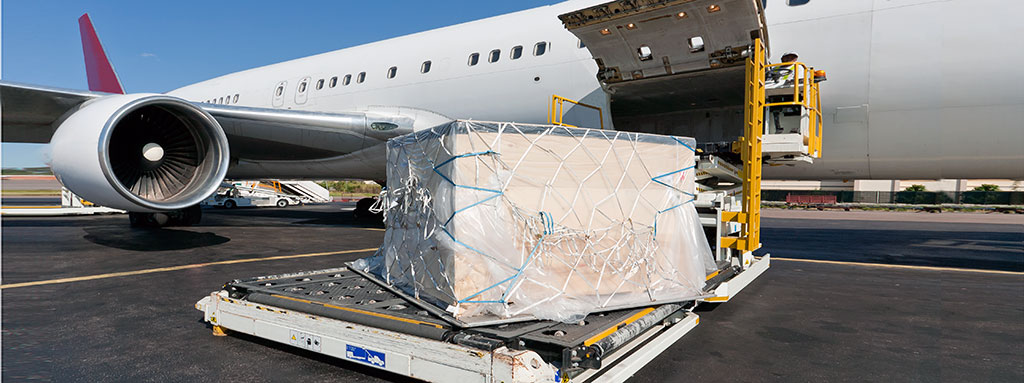At this very moment, hundreds of cargo flights are crossing the skies somewhere on the planet. Every night, airports see millions of packages arrive late in the evening. Computerized systems scan them, sort them, prod them and drop them onto conveyor belts at different levels running in many directions. At the end of the rack, they are loaded into cargo containers ready for outbound planes. Well before sunrise, they will be gone.
Worldwide air freight is expected to more than double over the next twenty years.
IATA estimates that “The total value of goods transported by air represents 35% of world trade”. According to Boeing “Worldwide air freight is expected to more than double over the next 20 years”.
Some inexperienced administrators feel that they are missing out on something. They hope to attract air cargo to spiff up their airport figures. Some may, but as a general rule of thumb, air cargo is not as simple as it seems. Air cargo remains one of the most misunderstood businesses of the sector.
Air cargo requires heavy investments: warehouses, truck-bays, parking areas, access roads, complex automated conveyor belt systems… Perishable products grow the bill even bigger with freezers, coolers, phyto-sanitation… On top of it all, some cargo requires customs control facilities and procedures.
Long-haul air cargo accounts for more than 80% of the air cargo market. This is the case since ground transportation is quite competitive. Very little short-haul cargo, such as express parcel, can compete in this market. Moreover, low cost airlines don’t want anything to do with cargo.
Finally, airfreight must be balanced directionally. Traders may fill the hold with finished products in one direction, but not find any to carry in the opposite direction. Air cargo operators must fill the available capacity both ways to make the route profitable.
Air cargo is quite a complex business.
As a result, overseas air cargo is concentrated in very few hubs clustered around the main zones of the world’s economic activity. Can your airport be one of them?
Air cargo operators do not necessarily look for airports serving a large passenger market. Geographical strategic location and good weather conditions are more relevant. Also, they may not be looking for a very large city nearby. Medium-size metropolitan areas seem more appealing. They generally provide good ground transportation with relatively minor traffic jams. Finally, the operator needs to be able to operate on the runways 24/7. Therefore, no nighttime flying limitations are a must – not even for noise mitigation.
If your airport meets all these criteria, you may have a chance. Now, you only need to prepare your marketing case well, fit it in your briefcase, hop on a plane, and travel the world around many times. Good luck.



